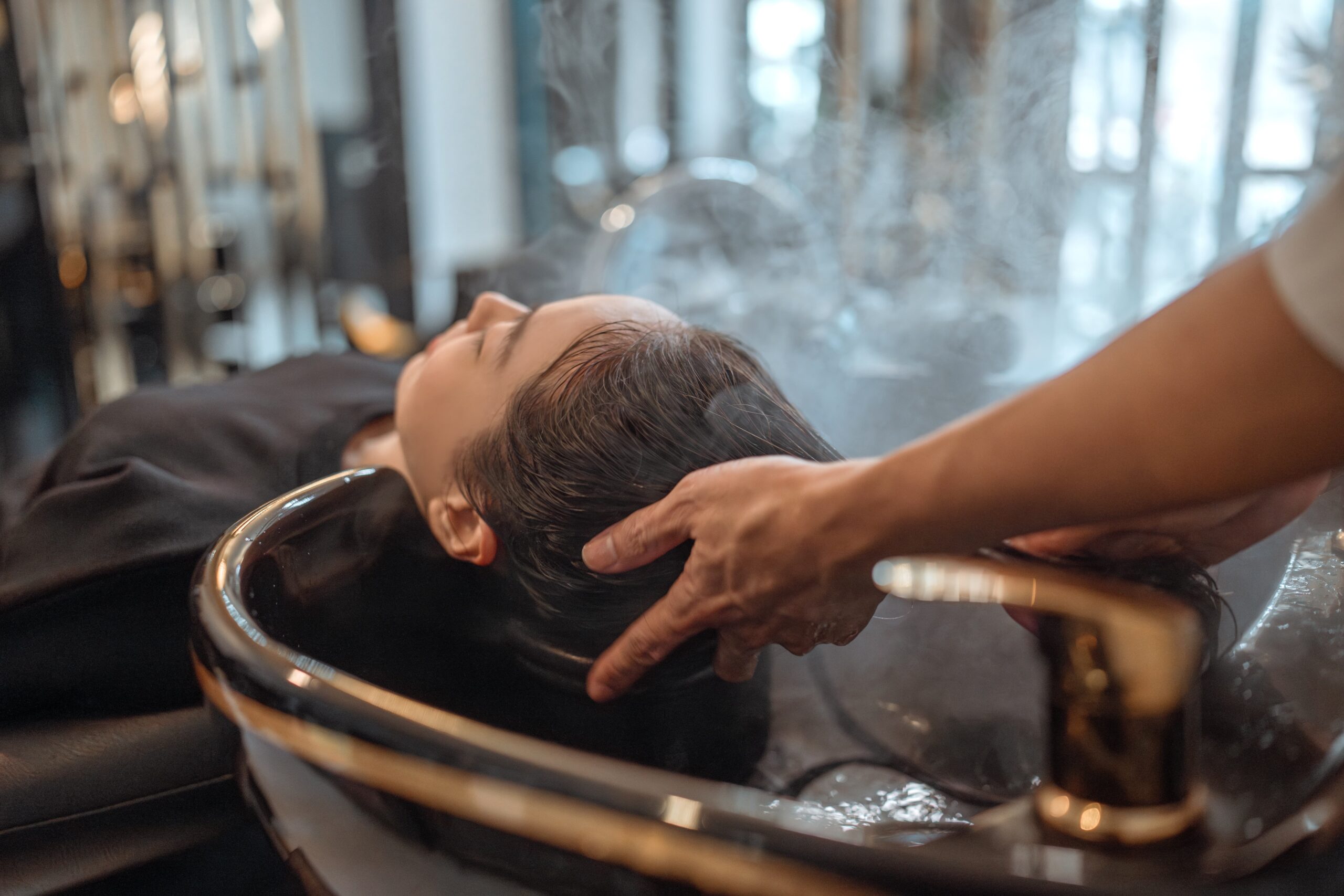Everything you need to understand about… business water for your hair salon
The hair and beauty industry in the UK is thriving, with thousands of salons operating across England and Scotland. Whether you run a small boutique salon or a large multi-chair operation, water is one of your most essential resources, and your usage can be much higher than many other businesses.
If you own or manage a hair salon, you may wonder how business water rates work, and how to keep your costs down. This guide explains how your water contract works, what costs to expect, and the steps you can take to reduce your bills.
You can also compare business water suppliers using our handy tool. We can help you switch your water supplier to one that better suits your salon’s needs.
What are the water rates associated with hair salons?
Hair salons are charged two main types of business water costs: volumetric charges and standing charges.
Volumetric Charges
These charges are based on how much water your salon uses, along with the wastewater that is returned to the sewer. Hair salons often have higher water usage due to hair washing, colour treatments, cleaning equipment, and laundry for towels and gowns.
Your unit rate depends on your location and your current supplier’s tariff. For example, if your unit rate is £1.25 per m³ and your salon uses 300 m³ in a year, your annual usage cost would be:
£1.25 × 300 = £375.00
The more water you use, the higher the cost, so improving efficiency can make a big difference to your bills.
Standing Charges
Standing charges are fixed daily or monthly fees that cover services like water supply, wastewater collection, drainage, and the retail cost of billing. These charges vary by region. For example:
£0.85 per day × 365 days = £310.25 per year
Both charges appear on your water bill, and together they make up your total business water cost.
Why hair salons often pay more for water
Hair salons have unique usage patterns. Multiple washbasins, continuous hot water demand, back-to-back client appointments, and frequent cleaning all add up. This makes water one of your most significant utility expenses.
Because of this, it is vital to ensure your tariff and supplier are the best fit for your business. Some suppliers offer lower rates for high-volume users, while others provide water efficiency advice and support tailored to businesses like yours.

How to lower your salon’s water bills
Even with high usage, there are ways to cut costs:
• Install tap aerators to reduce water flow without affecting performance, perfect for wash stations.
• Install efficient shower heads to use less water while still delivering good pressure for hair rinsing.
• Check for leaks to stop small drips from basins or faulty plumbing from wasting huge volumes of water over time.
• Improve laundry efficiency by using washing machines with high water efficiency ratings and running full loads where possible.
• Use smart metering to monitor your usage in real time and spot unexpected increases early.
A business water audit from The Business Water Shop can highlight savings opportunities specific to your salon’s usage patterns.
Can I switch my water supplier for my hair salon?
Yes. The water market in Scotland (since 2008) and in England (since 2017) is deregulated for business customers, which means you can choose your water retailer. Switching can lead to:
• Lower costs when you move away from default tariffs and secure better rates.
• Better service when you choose a supplier with faster response times and dedicated account management.
• Flexible billing by selecting payment methods and schedules that suit your cash flow.
Our business water comparison service lets you compare suppliers quickly and find the right one for your salon.
How much can I save by switching suppliers?
Savings vary based on your usage and your current rates. Salons with higher water consumption often see the biggest benefits, as even small per-unit savings add up quickly. Switching can also improve your billing terms and make costs more predictable.
Let us do the hard work of finding you the best deal. Get started today by using our comparison tool.
What if my salon does not have a water meter?
If you don’t have a meter, your charges will likely be based on the property’s rateable value – an unmeasured tariff. While this is a fixed annual cost, you could still be paying more than necessary. Comparing unmeasured tariffs between suppliers can still produce savings.

Got more questions about hair salon water rates?
If you have further questions about water rates for hair salons, or if you want to know exactly how much you could save, our team is ready to help.
Get started today by comparing business water suppliers.



 Excellent 5* Rating
Excellent 5* Rating
